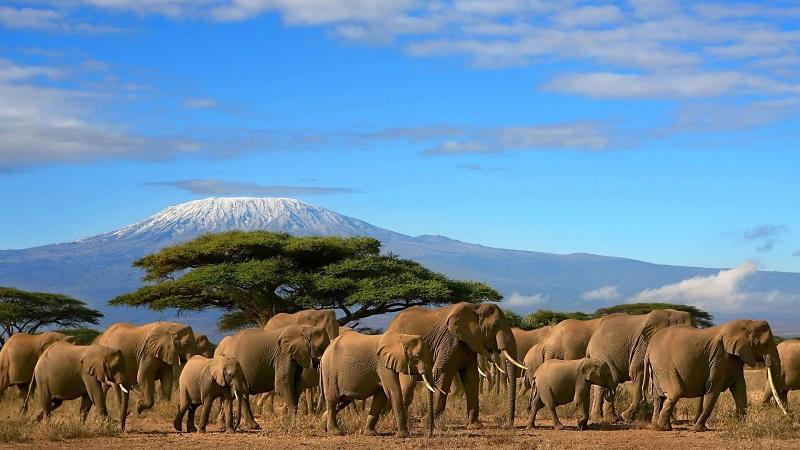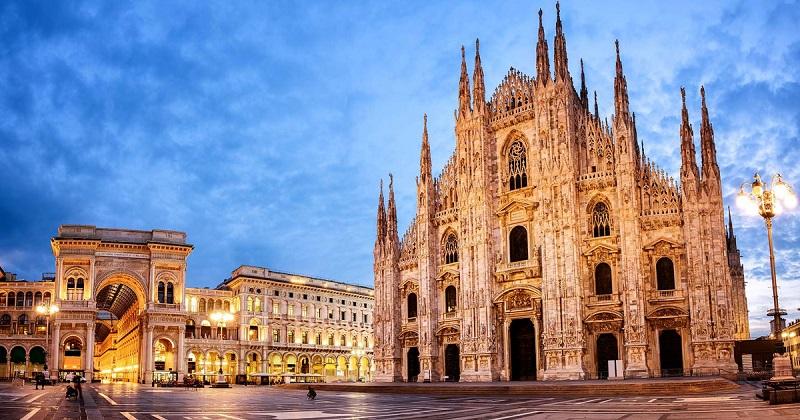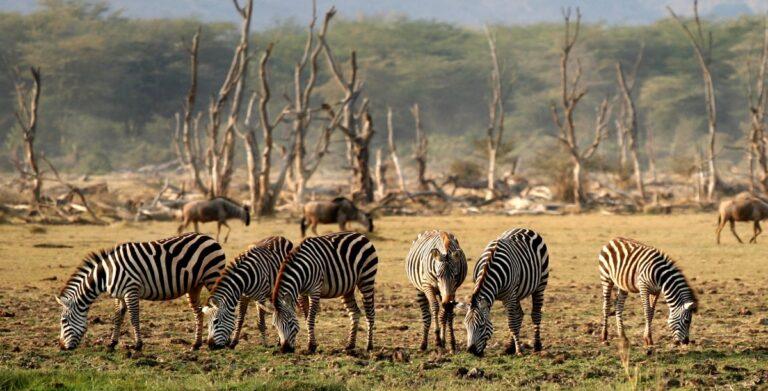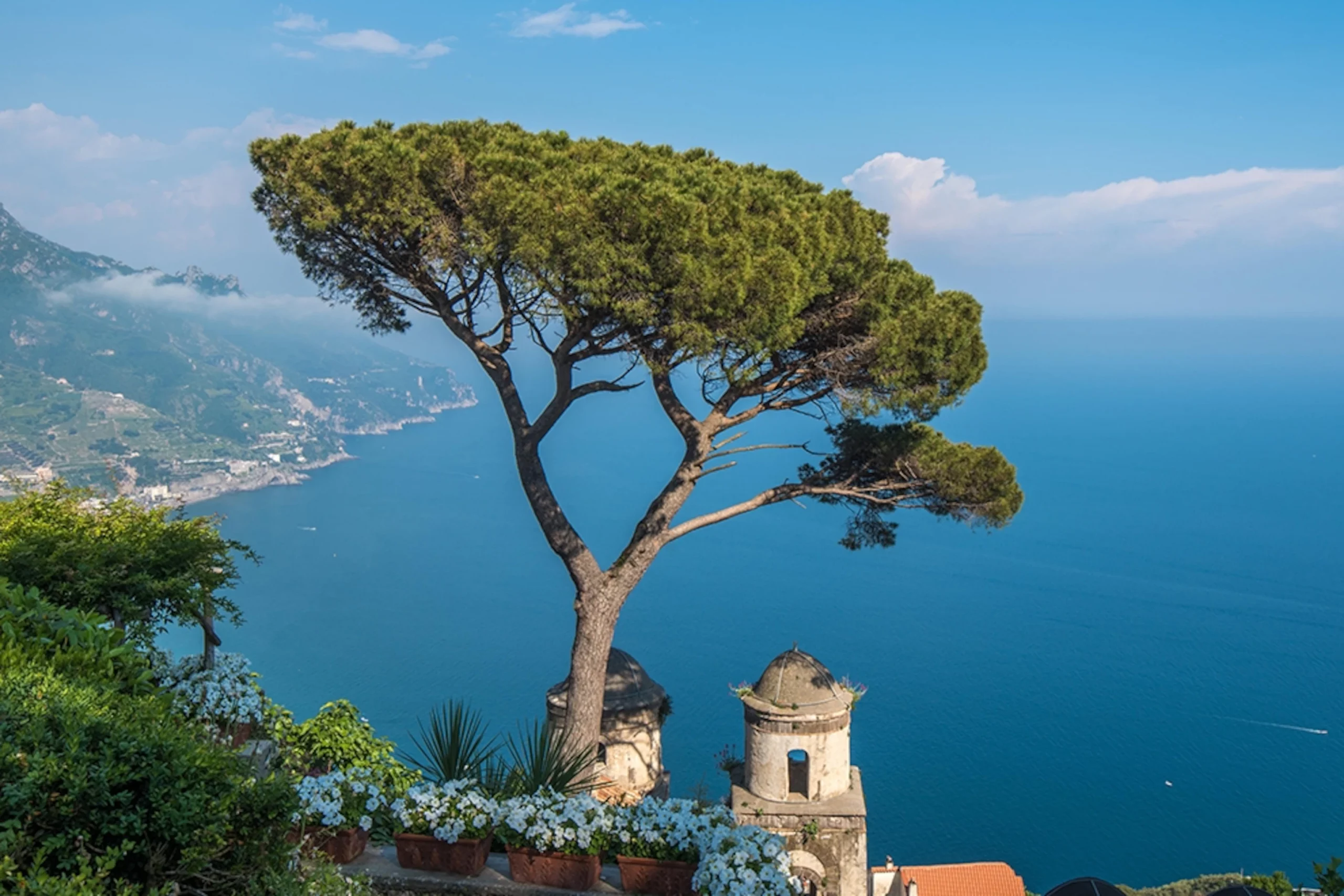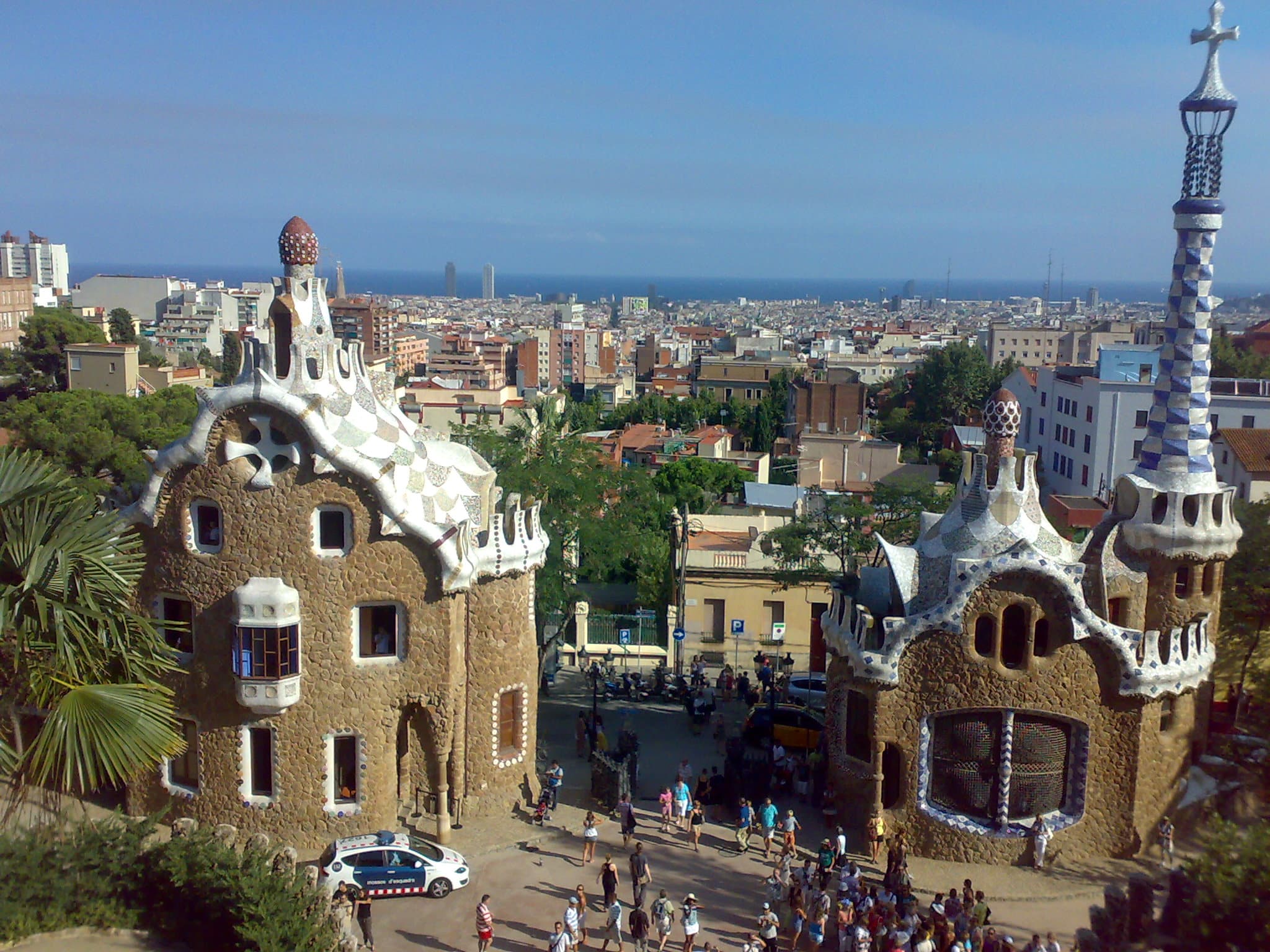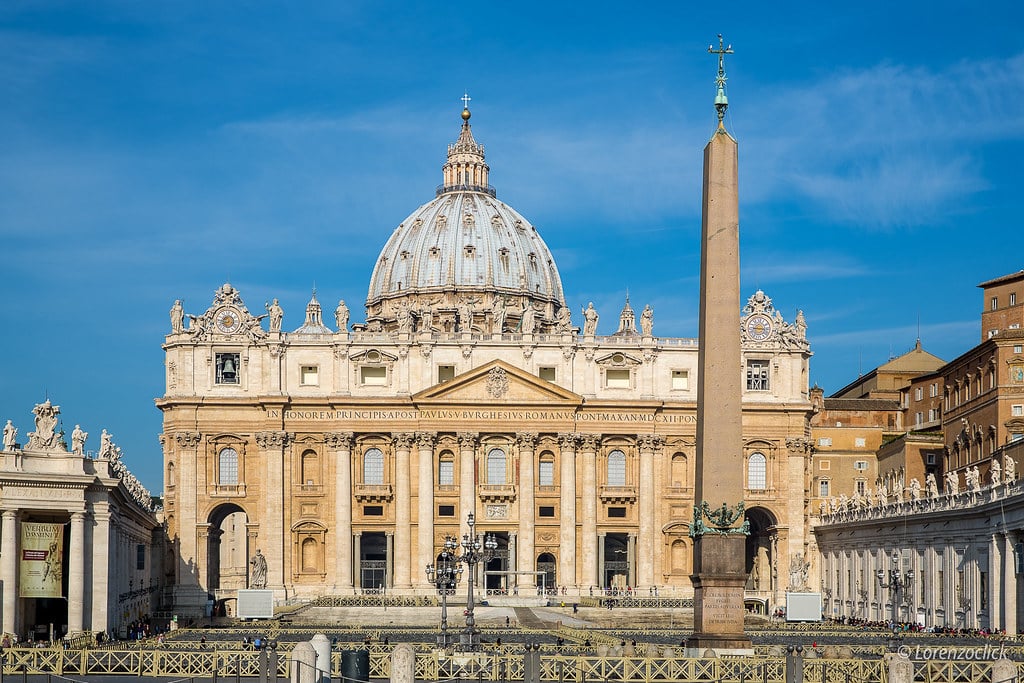Guide to Amboseli: Your Typical African Safari
Located in southern Kenya, Amboseli National Park is one of Africa’s premier wildlife viewing destinations. Covering about 392 square kilometers, the park is renowned for its stunning views of Mount Kilimanjaro, the highest free-standing mountain in the world. Amboseli is characterized by its diverse ecosystems, which include swamps, woodlands, and open plains.
This diversity supports a wide variety of wildlife, with large elephant herds being the park’s most iconic feature. Known for its breathtaking landscapes and abundant wildlife, Amboseli offers a typical African safari experience. This guide provides an in-depth look at the park, its wildlife, the best times to visit, and practical information for travelers.
Overview of Amboseli National Park
Established in 1974, Amboseli National Park is named after the Maasai word “Empusel,” meaning “salty, dusty place.” Despite its arid name, the park’s water comes from underground springs originating from Mount Kilimanjaro’s melting snow. This unique water source creates lush swamps and wetlands, contrasting with the otherwise dry landscape.
Amboseli is part of the larger Amboseli ecosystem, which includes surrounding conservancies and Maasai community lands, making it a vital wildlife corridor. The park is divided into five main habitats: open plains, acacia woodland, rocky thorn bush country, swamps, and marshland. This ecological diversity attracts a wide range of wildlife, making Amboseli a prime location for game viewing.
The park’s central feature is the Amboseli Basin, a flat, dry lakebed that floods during heavy rains, creating temporary lakes that attract birds and other wildlife. Amboseli’s location at the base of Mount Kilimanjaro provides stunning backdrops for photography, especially at sunrise and sunset.
The park’s management focuses on balancing conservation with community involvement, ensuring that both wildlife and local Maasai communities benefit from tourism and conservation efforts.
Wildlife in Amboseli National Park
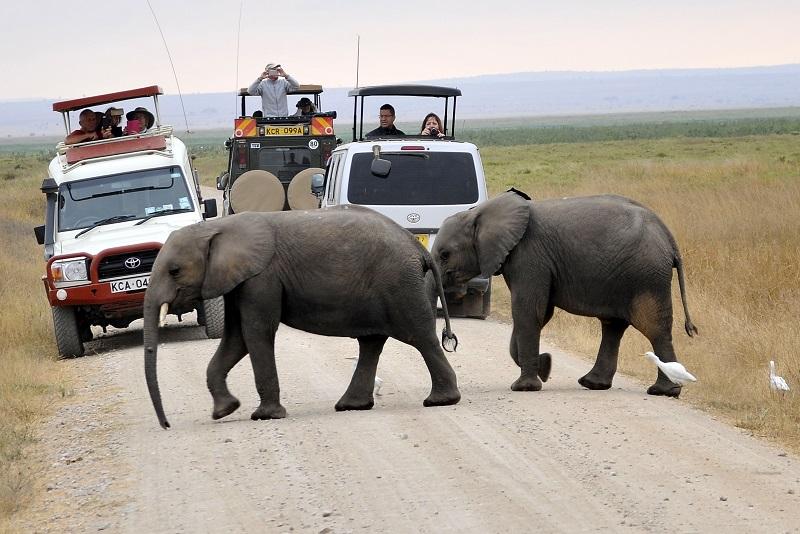
Amboseli National Park is renowned for its wildlife, particularly its large elephant population. These elephants are among the most studied in the world, and visitors often see them in family groups, bathing and playing in the park’s swamps. The elephants in Amboseli are famous for their large tusks and can often be seen against the backdrop of Mount Kilimanjaro, creating iconic images of African wildlife.
Besides elephants, Amboseli is home to a variety of other large mammals. Lions, leopards, cheetahs, and spotted hyenas are among the park’s predators. Plains game such as zebras, wildebeests, giraffes, and buffaloes roam the open plains, providing ample opportunities for wildlife viewing. The park also supports smaller mammals like hyraxes, dik-diks, and bat-eared foxes, which add to its biodiversity.
Birdlife in Amboseli is equally impressive, with over 400 species recorded. The park’s wetlands attract a variety of waterbirds, including pelicans, kingfishers, and crakes. Birds of prey such as martial eagles, tawny eagles, and the African fish eagle are commonly seen. The dry season brings large flocks of flamingos to the park’s temporary lakes, adding a splash of color to the landscape.
Reptiles and amphibians also inhabit Amboseli, with Nile crocodiles, pythons, and various species of lizards and frogs found in the wetlands and woodlands. The park’s diverse flora, ranging from acacia trees to papyrus reeds, supports this wide range of animal life.
The Best Time to Visit Amboseli National Park
Amboseli National Park is a year-round destination, but the best time to visit depends on what visitors hope to see and experience. The dry season, from June to October, is considered the best time for wildlife viewing. During these months, animals congregate around the park’s water sources, making them easier to spot.
The wet season, from November to May, brings lush, green landscapes and an abundance of birdlife. While wildlife may be more dispersed due to the availability of water, the park is less crowded, offering a more peaceful experience. The wet season is particularly good for birdwatching, as migratory species arrive in large numbers.
The shoulder seasons, particularly late January to early March, can offer a good balance of fewer crowds and excellent wildlife viewing. Mount Kilimanjaro’s visibility is generally better during the dry season, but clear views can also be enjoyed during the early mornings and late afternoons of the wet season.
Getting to Amboseli National Park from Nairobi
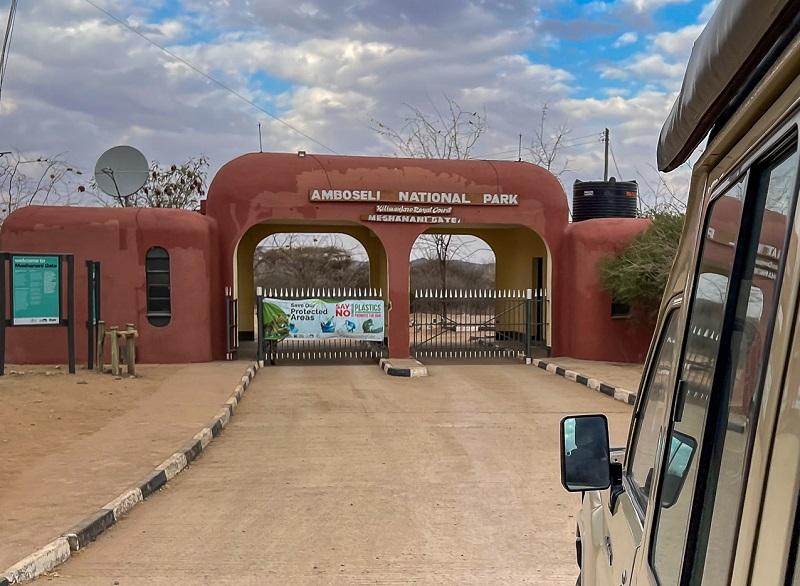
Amboseli National Park is located roughly 240 kilometers southeast of Nairobi, Kenya’s capital. The most common way to reach the park is by road, which takes about 4 to 5 hours. The road trip from Nairobi offers scenic views of the Kenyan countryside and the opportunity to see local communities and landscapes.
For those preferring to fly, there are daily scheduled flights from Nairobi’s Wilson Airport to Amboseli’s airstrips, including Amboseli Airport and Satao Elerai airstrip. The flight takes about 45 minutes, providing a quick and convenient option for reaching the park. Upon arrival, visitors can arrange transfers to their lodges or camps within the park.
Self-drive options are available, and many visitors opt to rent 4×4 vehicles to navigate the park’s roads. Guided tours and safari packages often include transportation, making it easier for visitors to explore Amboseli without worrying about logistics. It is advisable to book flights and transport arrangements in advance, especially during peak tourist seasons.
Other Activities in Amboseli National Park
Birdwatching is another popular activity, with Amboseli’s diverse birdlife attracting enthusiasts from around the world. The park’s wetlands and woodlands provide excellent opportunities to spot both resident and migratory birds. Guided birdwatching tours can help visitors identify the various species and understand their behaviors.
Cultural visits to Maasai villages are a highlight for many visitors. These visits provide insights into the traditional lifestyles and customs of the Maasai people, who have coexisted with the park’s wildlife for centuries. Visitors can learn about Maasai culture, see traditional dances, and purchase handmade crafts as souvenirs.
Photography tours are also available, taking advantage of Amboseli’s stunning landscapes and iconic wildlife. The park’s backdrop of Mount Kilimanjaro provides unique photographic opportunities, particularly at sunrise and sunset. Specialized tours with professional photographers can help visitors capture the best shots of Amboseli’s wildlife and scenery.
Hot air balloon safaris offer a unique perspective of Amboseli, allowing visitors to see the park from above. These early morning flights provide breathtaking views of the landscape and wildlife, followed by a champagne breakfast in the bush. It’s an unforgettable way to experience the park’s beauty and vastness.
Park Fees for Amboseli National Park
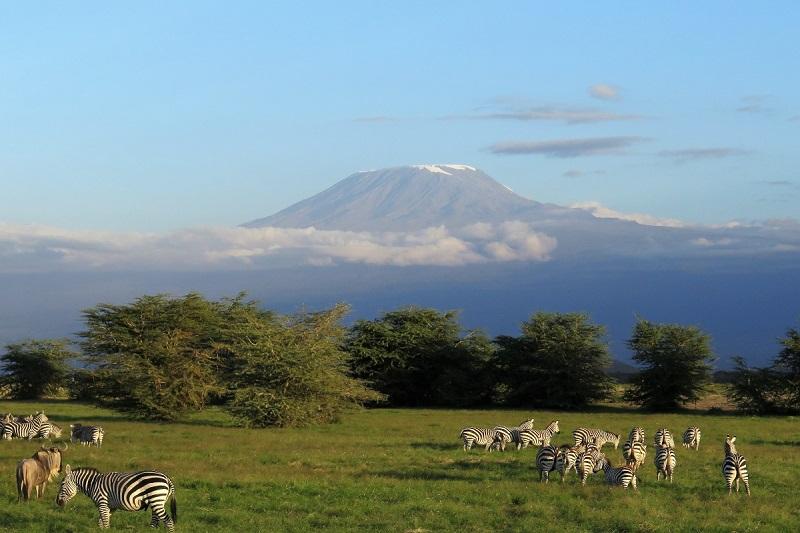
As of 2024, the entrance fees for Amboseli National Park are as follows:
- Non-Resident Adults: $60 per person per day
- Non-Resident Children (3-18 years): $30 per child per day
- Kenyan Citizens and Residents Adults: KES 860 per person per day
- Kenyan Citizens and Residents Children (3-18 years): KES 215 per child per day
These fees contribute to the park’s conservation efforts and the maintenance of its facilities. Prices are subject to change, so it is advisable to check with the Kenya Wildlife Service or your tour operator for the most current information.
FAQs: Touring Amboseli National Park
Do I Need a Car to Tour the Park?
Yes, a car is necessary to explore Amboseli National Park due to its size and the distances between different areas. A 4×4 vehicle is recommended, especially for game drives and navigating the park’s sometimes challenging terrain. Visitors can opt for self-drive safaris or join guided tours provided by lodges and tour operators.
Are Unguided Walks Allowed in the Park?
Unguided walks are not permitted in Amboseli National Park due to the presence of dangerous wildlife. Guided walks with experienced rangers are available and provide a safe way to explore the park on foot. These walks offer educational insights into the park’s ecosystems and wildlife.
How Much is a Game Drive in the Park?
The cost of a game drive in Amboseli National Park varies depending on the tour operator, duration, and whether it is a private or shared drive. Prices generally range from $50 to $150 per person for a half-day drive. Some lodges include game drives in their accommodation packages. It is advisable to book game drives in advance, especially during peak tourist seasons, to ensure availability.
Conclusion
Amboseli National Park is a destination of unparalleled natural beauty and wildlife diversity. From the vast herds of elephants to the stunning views of Mount Kilimanjaro, the park offers an unforgettable safari experience for nature enthusiasts and adventure seekers.
